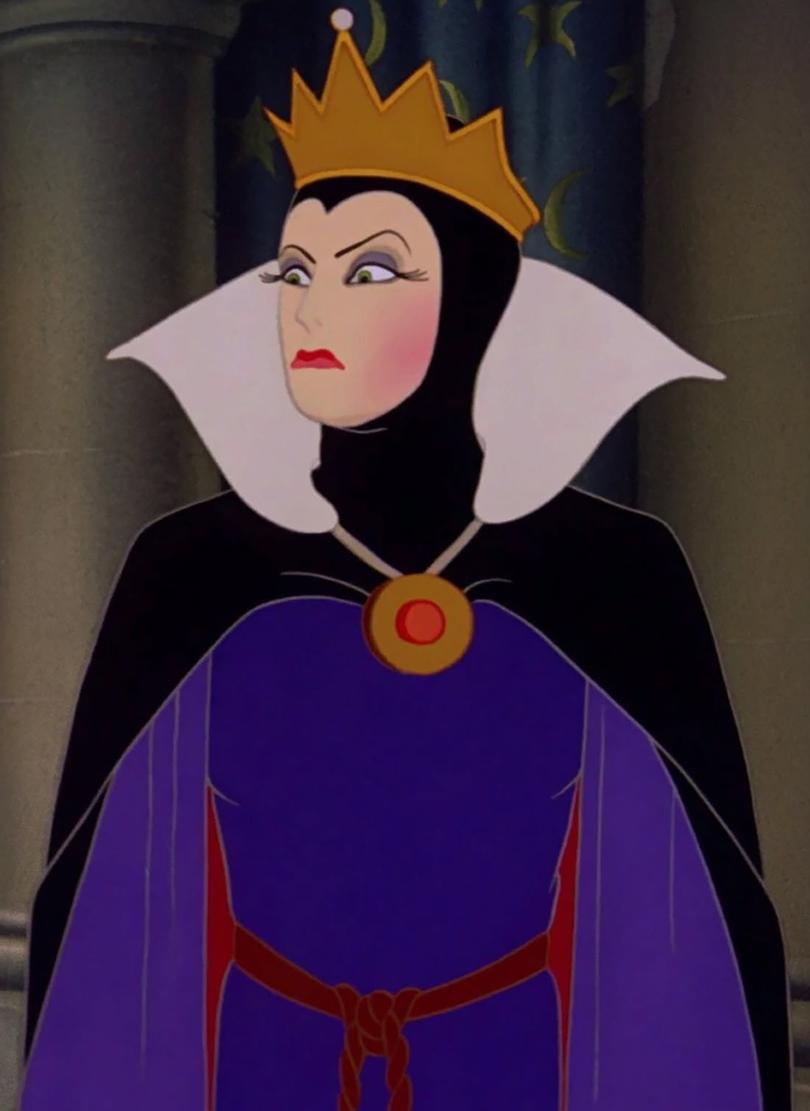Why Disney’s princesses would have suffered serious health complaints in later life

They’re supposed to live happily ever after. But it seems Disney princesses are likely to endure serious health problems in later life.
That is the conclusion of scientists who took an off-beat look at some of our favourite animated characters.
They found Cinderella and Snow White could expect to suffer some long-term mental trauma after their mistreatment at the hands of their evil stepmothers and sisters.
Sign up to The Nightly's newsletters.
Get the first look at the digital newspaper, curated daily stories and breaking headlines delivered to your inbox.
By continuing you agree to our Terms and Privacy Policy.And Belle – of Beauty and the Beast – could potentially have been exposed to life-threatening infectious diseases, such as rabies, thanks to her dalliances with her co-star.
The somewhat darker alternative endings were suggested by scientists in the Christmas edition of the BMJ.

They also warn that Princess Jasmine from Aladdin is at risk of loneliness, growing up within the walls of her palace with no friends aside from a tiger.
And Pocahontas could have expected “a symphony of fractures rather than a harmonious tune with nature” after diving 800ft from a cliff in just nine seconds.

Cinders’ exposure to dust could also put her at risk of lung disease, while her fairy godmother’s kind efforts are likely to have worsened matters.
Spreading magical glitter – otherwise known as aluminium-coated microplastics – can penetrate human lung tissue, explain the authors from the University of Twente, Netherlands.
Rather than a prince, they suggest Cinderella would require respiratory therapy.

Sleeping Beauty’s “infinite sleep” carries risks of cardiovascular disease, stroke, obesity, and diabetes, while prolonged bed rest is linked to pressure ulcers.
Finally, perhaps thankfully, the authors warn Rapunzel’s hair follicles are likely to have been damaged from repetitive excessive pulling, or traction alopecia, which can lead to permanent hair loss.

“Disney must consider interventions… including mindfulness and psychotherapy, training on cohabitation with animals, and personal protection measures against infectious agents and toxic particles,” they write.
“Only then can Disney princesses start living healthily ever after.”
